Categories
- Argentina
- Chile
- Antarctica
- Easter Island
- Falklands (Malvinas)
- Bolivia
- Peru
- Uruguay
- Paraguay
- Brazil
- Venezuela
- Colombia
- Ecuador
- Galapagos
- Panama
- Costa Rica
- Cuba
- Nicaragua
- Honduras
- El Salvador
- Guatemala
- Belize
- Mexico
- Latin American Xmas
Pages
- Street Art of Buenos Aires
- A week in Buenos Aires
- The Jesuit Missions in South America
- Contact Us
- Map of Central America
- First week in Latin America – October 2009
- Home Page
- Map of South America
Archives
- October 2011 (3)
- September 2011 (9)
- August 2011 (10)
- July 2011 (7)
- June 2011 (6)
- May 2011 (11)
- April 2011 (10)
- March 2011 (4)
- February 2011 (5)
- January 2011 (6)
- December 2010 (6)
- November 2010 (4)
- October 2010 (8)
- September 2010 (5)
- August 2010 (7)
- July 2010 (5)
- June 2010 (6)
- May 2010 (6)
- April 2010 (7)
- March 2010 (6)
- February 2010 (9)
- January 2010 (4)
- December 2009 (8)
- November 2009 (5)
- October 2009 (2)
San Salvador
17th May 2011
El Salvador is the smallest country in Central America. We began in La Palma [1] just over the border from Honduras. This friendly colourful village has brightly painted murals on almost every wall, inspired by painter Fernando Llort.
.
Moving on to the capital San Salvador [2], dominated by Volcán San Salvador, we spent a pleasant evening, sharing a traditional meal with the Massi family, relatives of our friends Gloria and Alfredo. Pupusas, cooked rounds of cornmeal dough stuffed with a variety of fillings and eaten with cabbage salad are the national dish. The family history began in Italy. Two brothers came to El Salvador in 1923. One, Enriquo, created the country´s military flying school but later tragically died in an aeroplane accident. The other, Alfredo, was a pioneer film maker and produced most of the Salvadorian films of the 1930´s, mainly documentaries.
.
Staying in Hotel Posada del Rey Primero in San Salvador was more like staying with relatives. The staff are super friendly and the hotel, an old house, has little secluded areas to sit – all tastefully and brightly decorated.
.
Suchitoto [3], a colonial town on Lake Suchitlán north of San Salvador is known as “The Cultural Capital of El Salvador”. Founded by the Spanish in 1528 it was briefly the capital in the 16th century. For lunch, we enjoyed the best ever freshly made papusas from a stall in the market.
.
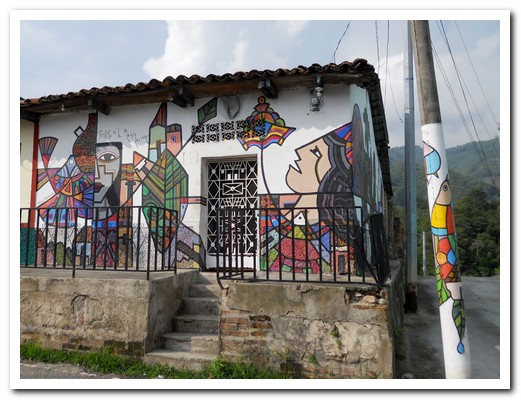
Colourful houses of La Palma
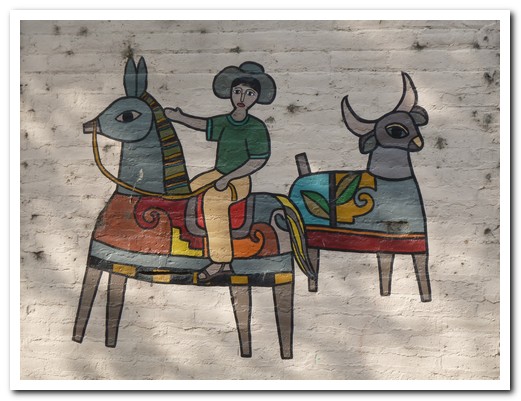
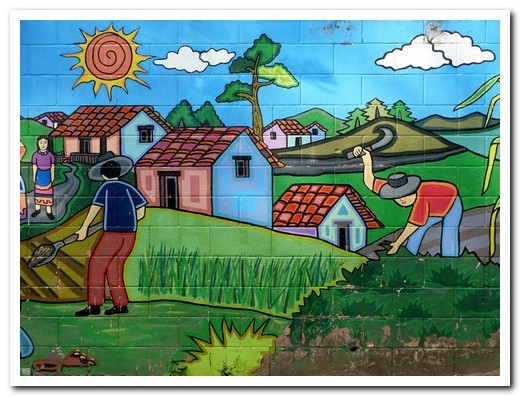

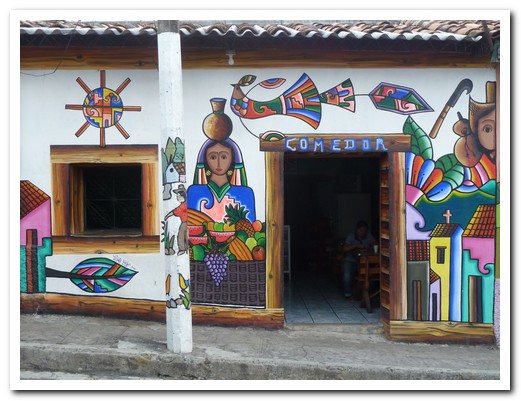
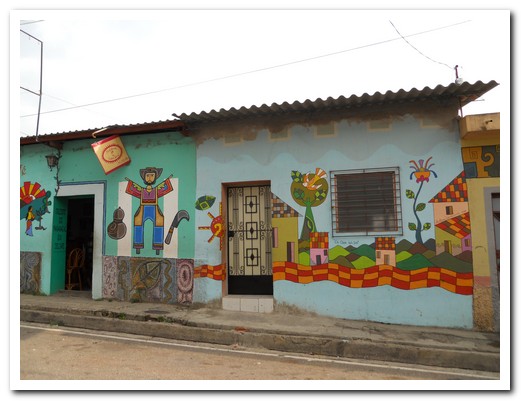
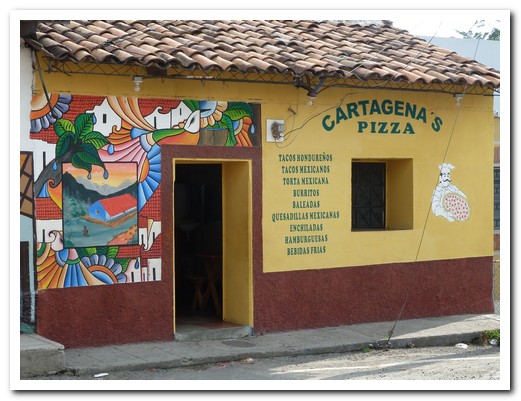
Our favourite restaurant in La Palma

Volcán San Salvador dominates the Capital
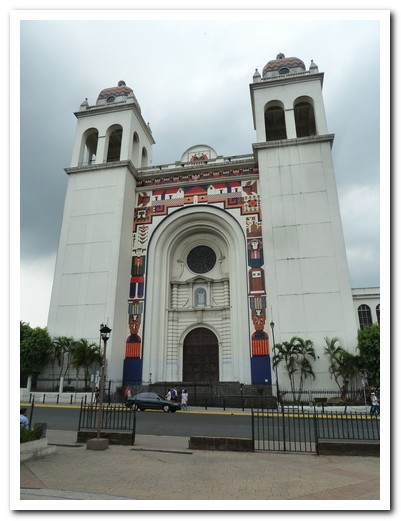
The original Cathedral was wooden but burnt down
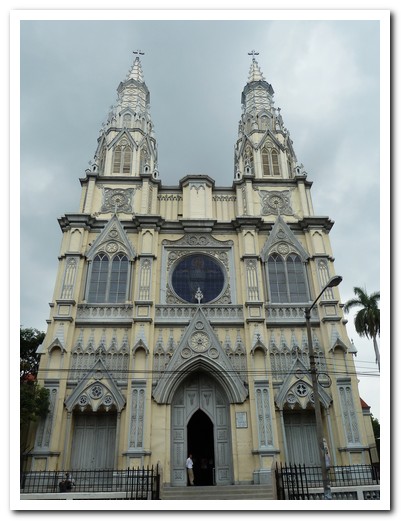
Historical church with walls of pressed metal
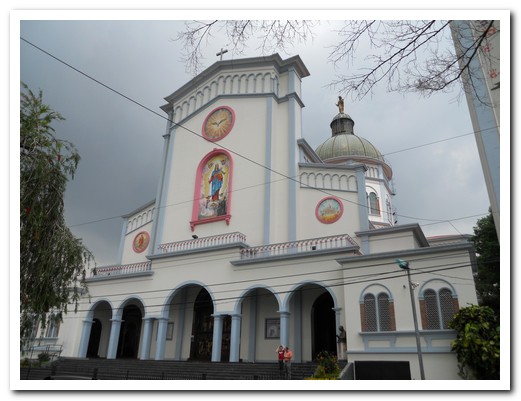
Basilica with ....
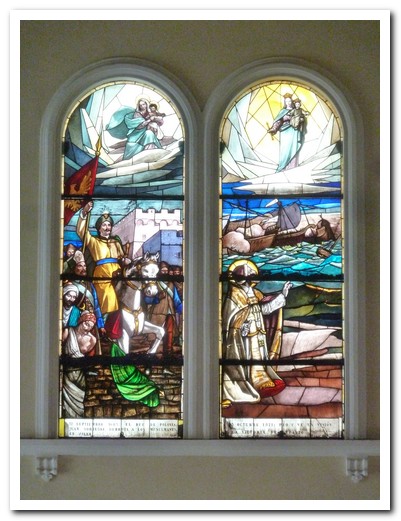
... beautiful stained glass windows
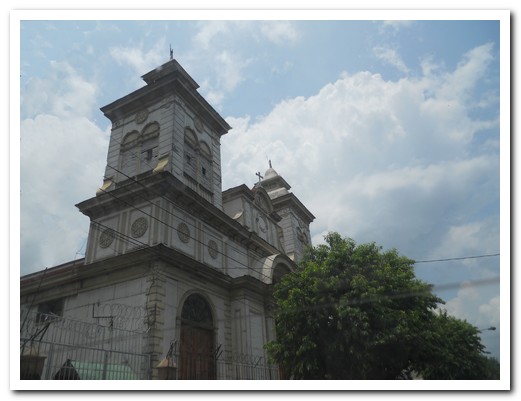
Old wooden church
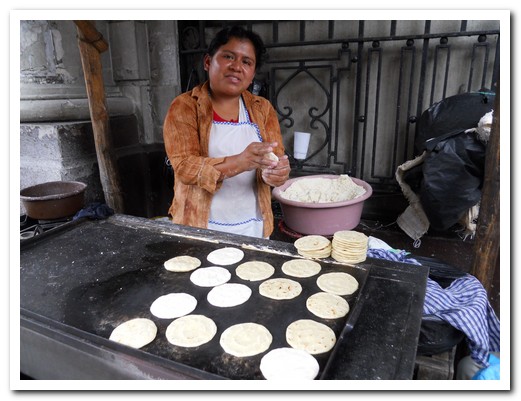
We stopped for a snack of tortillas fresh off the hot plate
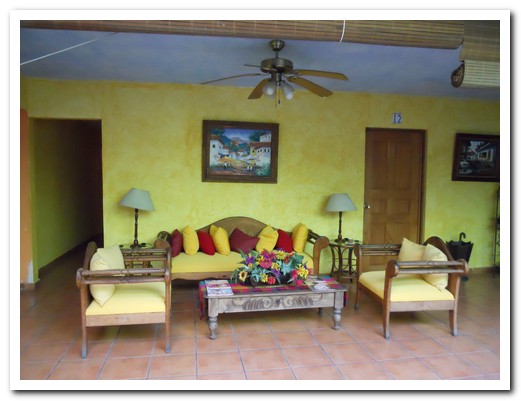
Our hotel Posada de Rey Primero
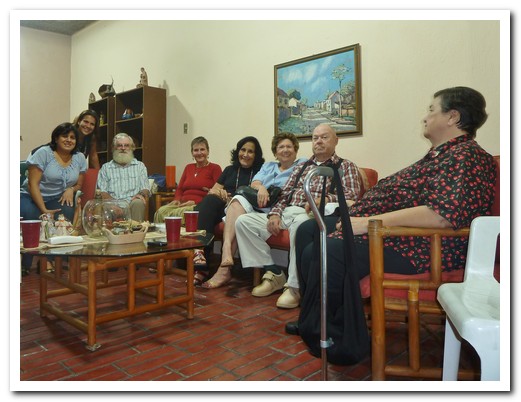
A visit with the Massi family and friends ...
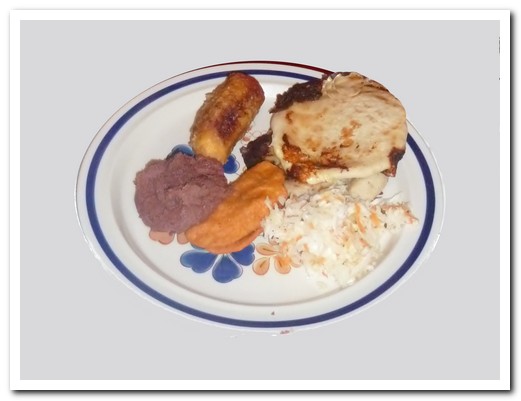
... for a great typical meal

Cathedral at Suchitoto from 1823
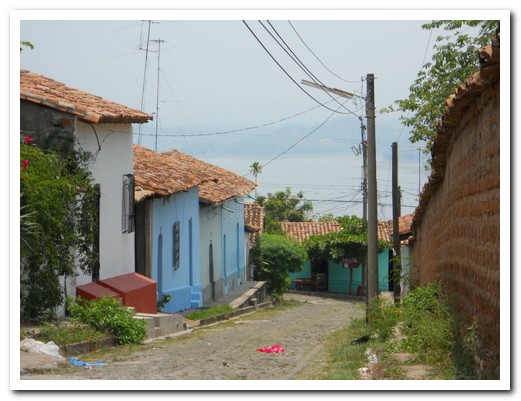
Colonial street of Suchitoto
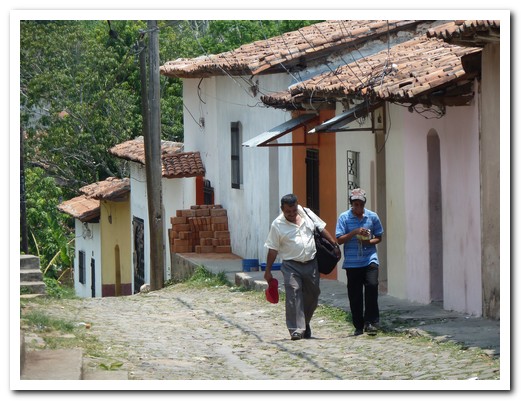
Colonial street of Suchitoto
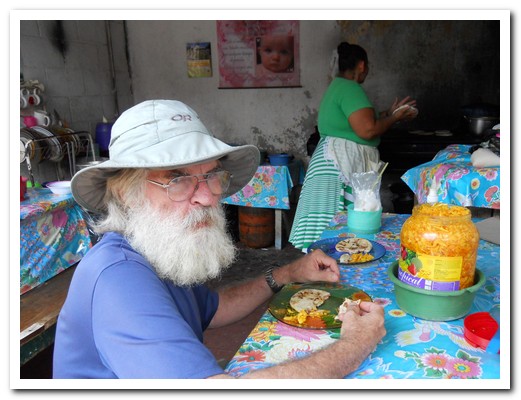
Pupasas straight off the fire
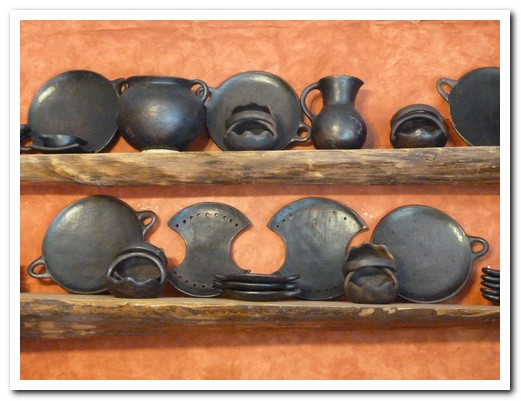
Black pottery from eastern El Salvador
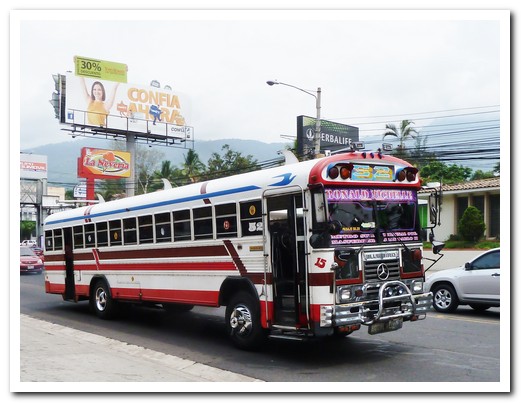
Buses in San Salvador are raised in the front. No one knows why. This one has 3 fins on top too!